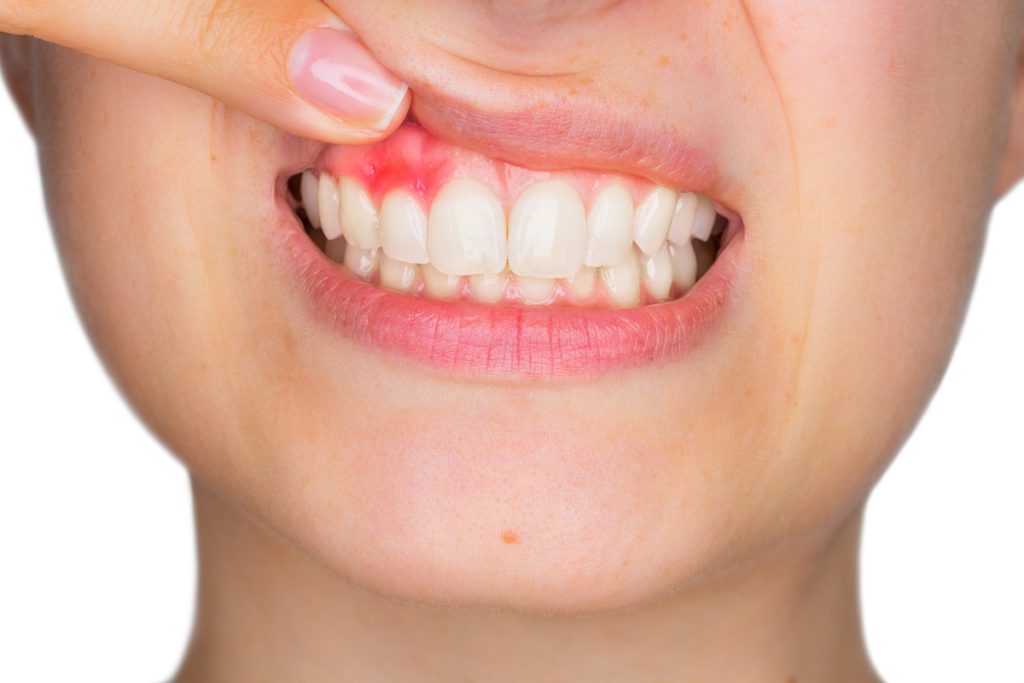One of the common dental emergencies you might deal with at some point is dental abscess. This is a pus pocket that forms in your gums following a bacterial invasion of the tissue surrounding your teeth roots. An abscess can form in virtually any part of your body.
It is a natural body defense mechanism against bacterial invasion to ward off infections and block it from reaching other sections. A dental abscess generally results in moderate to severe pain that will radiate to your neck or ear.
A root canal is the standard treatment for Upland residents and others dealing with a dental abscess. In the procedure, the infected tooth will be drilled to drain the pus from it then remove the infected dental pulp. The dentist will then fill the gap left using a dental material and replace the tooth.
This tooth is often covered using a dental crown. The crown not only strengthens the infected tooth but also boosts its appearance. At times, the infected tooth can be extracted before the abscess is drained if it is too damaged.
Dentists often classify a dental abscess before its treatment to determine the best approach. Here are the classifications used.
Gingival Abscess
This affects the gums and forms on the gum line’s surface. In most cases, the abscess resembles a small pimple on the gum. In most cases, a gingival abscess is caused by damage to the gums, such as happens when pricked by a toothpick or the embedding of foreign objects like popcorn hulls in the gums.
A gingival abscess is generally the least severe in a dental abscess. When caught early, it is easy and inexpensive to treat. Without treatment, however, it progresses to become a periodontal abscess.
Periodontal Abscess
This affects the deeper layers of your gum pockets. Because there is no place for the pus to drain into, it spreads to the other sections of your jawbone and tissues and affects the teeth near the abscessed tooth. Though a periodontal abscess generally progresses from a gingival abscess, it can also follow a traumatic injury to the jaw.
Periapical Abscess

This begins in the soft dental pulp of your teeth. It often progresses from a periodontal abscess. This is after the latter has eroded the dentin and enamel of your infected tooth. The bacteria in a periapical abscess might also affect your dental pulp and nerves.
This causes excruciating pain. Pus in a periapical abscess might be visible just above the gum line, just like in a gingival abscess.
Wisdom Tooth Abscess
This is considered a periapical abscess type, but it exclusively affects your wisdom tooth. This is because this tooth is at the far back of the mouth, and it is hard to clean and pick issues that affect it. In most instances, a wisdom tooth abscess calls for the extraction of the affected tooth.
Without treatment, the bacteria that causes the above forms of dental abscess will spread fast to other body sections. This is because the teeth have a good blood supply. A life-threatening infection is a typical eventuality at this stage.





